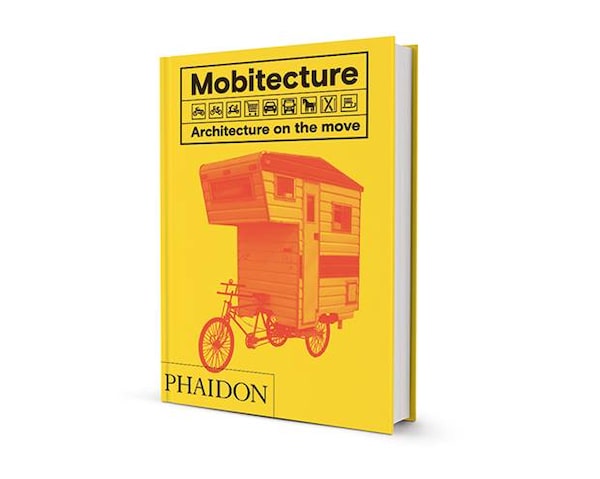
Recent years have seen a rise in travellers' taste for retro accommodations, like throwback motels and their unique spinoff versions. Kate Pierson, of New Wave band B-52s, and her wife Monica Coleman, for example, operate Kate's Lazy Desert campground in Landers, Calif. The popular site consists of six stationary restored vintage Airstream trailers, each thematically decorated by artists.
Now, retro accommodations are hitting the open road. This past spring, sculpture artist Mickey Mackenna took a 10-day trip through California's parks. The loosely planned holiday was a Christmas gift from her boyfriend and they rented their VW Westfalia through California Campers, travelling from San Francisco to Los Angeles and then to Joshua Tree National Park.
Mackenna admits she was stubborn in her dedication to renting a Westfalia. "They are so efficient. Blissfully utilitarian," she says of the 1991 model they drove. "We used the fridge, washed dishes in the sink and slept comfortably."
Retro camper van styles like the Westfalia have always been popular – Airstreams and teardrop campers have cult followings around them, design expert Rebecca Roke says. But more and more people are customizing those classic versions to be comfortable for longer periods of time. The trend is driven by people in their 20s and empty-nesters.
Last fall, Toronto's Judy Gunhouse and Barney Bayliss, both in their early 50s, found a well-maintained, rust-free 1994 Volkswagen Eurovan after much searching online. The catch was that the interior was horrible, a grey and purple speckled granite colour scheme. "I only agreed to get it if we could rip out the inside," says Gunhouse.
The purchase of the van was in lieu of a cottage. Gunhouse, retail and marketing manager at Comrags, and Bayliss, technical director at the National Ballet of Canada, liked the idea having a new big project.
"We worked on it together over the winter, for six months. We completely gutted it back to the metal and refinished everything, including the cabinets. We didn't buy things," she says, "we crafted it" – even the modular custom additions. That extended to faux-woodgrain surfaces, and reupholstered bench and sleeping cushions in new striped material from Fabricland that matched a 1950s tiki-type pattern scavenged from vintage curtains.
The phenomenon is as design-driven as it is psychological. "Now it's an awareness that you can use design to have that experience," says Roke, author of Mobitecture(Phaidon). The book covers vehicles and structures on single, two, three and four-wheels from around the world, from bicycle-mounted sleepers to elaborate geodesic huts.
When Roke was researching her book she found several other reasons underpinning the rising popularity of homes on wheels. One was cost: "[With] a weaker economy, people starting to think about places in their own backyard, or countries they can holiday in," she says. "It's also a pushback from big spending and borrowing. Certainly the case in the U.K. following Brexit there has been a huge increase in people caravaning and taking holidays on the road. It's seen as affordable adventure."
Roke adds: "Rather than old-school caravanning, which was quite a modest endeavour," today's camper vans and mobile homes can be customized, painted and tailored and have improved amenities like water and solar panels. "That means people can stop right in the middle of nature. It's a closer interaction," she says.
That goes in tandem with a new interest in destinations that are increasingly remote and less populated. "I think that has something to do with the psyche of people who want to get away – away from people and buildings and actually being in nature," Roke adds. It's a welcome isolation.
"We found waterfalls, swimming holes, garage sales, flower fields and mountain roads that no bus route would have brought us to," says Mackenna.
Similarly, over their first summer with the van, Gunhouse and Bayliss have done a mix of weekends to Algonquin Park, Sauble Beach and the Catskills as well as fortnights to the Thousand Islands. They'll be on the road for the fall and don't plan to store their VW away for the season until Christmas.
Visit tgam.ca/newsletters to sign up for the Globe Style e-newsletter, your weekly digital guide to the players and trends influencing fashion, design and entertaining, plus shopping tips and inspiration for living well. And follow Globe Style on Instagram @globestyle.
 Nathalie Atkinson
Nathalie Atkinson